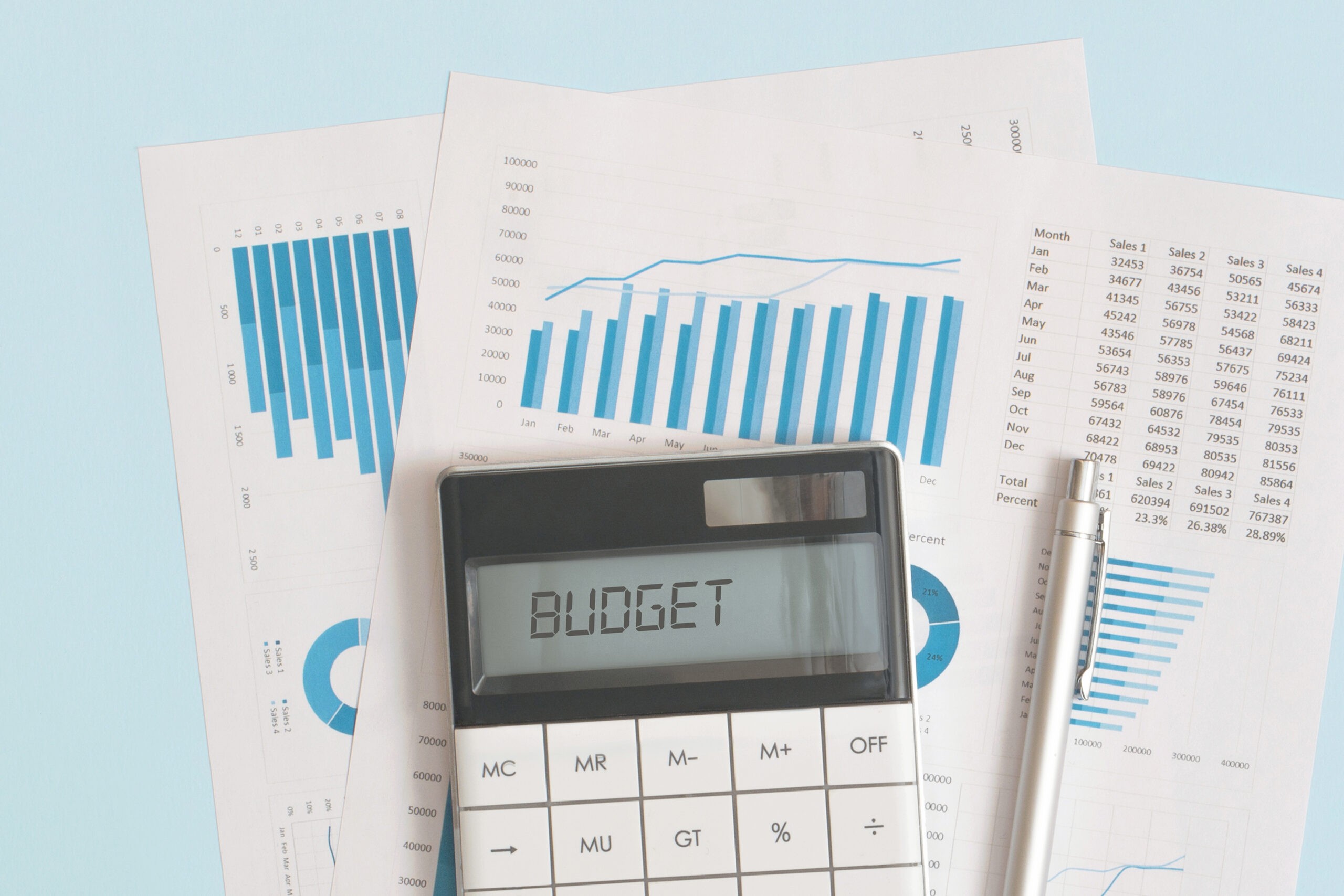
09 Apr Step-by-Step Guide to Create an Event Budget
Creating a comprehensive event budget is crucial for ensuring the optimal performance of any type of event. It serves as a financial roadmap, providing a clear view of all expenses and revenues associated with the event. By creating an effective event budget plan, organizers can exercise financial control and achieve maximum returns on their investments.

Before creating an event budget, event planners must consider various factors to ensure accurate financial planning and successful event execution
Step 1. Start with the Big Picture
Before diving into the specifics, take a moment to visualize the entire event. Ask yourself, what’s the maximum amount you can or want to spend? If you’ve organized events before, revisiting past budgets can provide a realistic benchmark to guide your current planning.
Step 2. Break Down the Costs
List every conceivable expense related to your event, from venue rental to the last paper napkin. With the total budget in mind, assign a specific dollar / euro amount or percentage to each expense category, ensuring that the sum of all these allocations does not exceed your total budget.
Step 3. Account for Miscellaneous and Unexpected Costs
The event industry is unpredictable. Sometimes, unforeseen expenses pop up, or prices rise unexpectedly. Set aside a contingency fund to avoid scrambling for funds at the last minute. A commonly adopted rule is reserving 10-15% of your budget for unexpected costs.
Step 4. Track and Adjust the Budget as Necessary
A budget isn’t static. As you move closer to the event date, you’ll get more accurate quotes, and some actual expenses will become clear. Budgeting tools or specialized software can help you track these changes and adjust your allocations as required.
Step 5. Prioritize Expenditures
Determine what elements of your event are non-negotiable and which ones can be adjusted. Recognizing these priorities will guide you when making budgetary decisions, especially if funds become tight.
Step 6. Get Multiple Quotes
For significant expenses, don’t settle on the first quote you receive. Approach multiple vendors. This helps ensure you aren’t overpaying and gives you a clearer understanding of the market rate, allowing you to negotiate better.
Step 7. Factor in Revenue
Expenses are just one side of the equation. Your event might have revenue streams—like ticket sales, sponsorships, or merchandise. Estimating and including these revenues can give you a clearer picture of your net budget, helping further allocate or reallocate funds.
Step 8. Review Contractual Obligations
When engaging with vendors or venues, contracts are standard. It’s imperative to read through these documents carefully. They might contain details on deposits, cancellation penalties, and other costs that might not be evident upfront but can impact your budget later.
Step 9. Document Everything
Maintaining a thorough record of every financial transaction, contract, and communication helps ensure transparency. Detailed documentation will be invaluable, especially when reviewing the event’s financial aspects or if disputes arise.
Step 10. Seek Feedback
After the event concludes, gather opinions, especially from stakeholders or those directly involved in the financial aspects. Did they feel the money was well-spent? Were there areas of unnecessary overspending or places where more funds could have enhanced the experience? This feedback is invaluable for refining budgets for future events.


